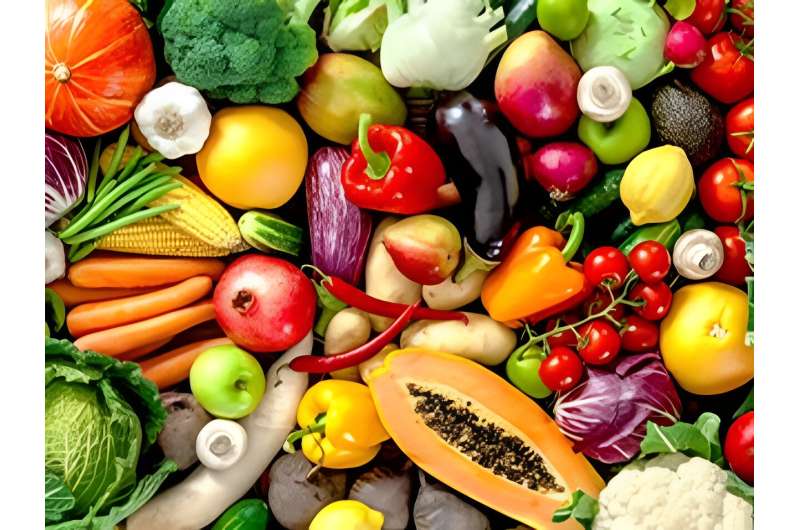
Nutrition is important for your whole body, including those two small organs through which you look at the world.
The same diet that’s good for your heart and the rest of your body will also help your eyes, according to the American Academy of Ophthalmology (AAO).
The academy offers advice on vision-healthy foods and how to create a diet rich in them.
“Some nutrients keep the eye healthy overall, and some have been found to reduce the risk of eye diseases,” Dr. Rebecca Taylor, an ophthalmologist in Nashville, Tenn., said in an article on the AAO’s website.
Your eyes rely on tiny arteries for oxygen and nutrients, similar to how your heart relies on much larger arteries, so a diet that’s low in fat and rich in fruits, vegetables and whole grains is good for them.
The AAO suggests including orange-colored vegetables and fruits with vitamin A in your diet.
The nutrient gives your retina what it needs to help turn light rays into images and helps your eyes stay moist.
Carrots are a well-known source of vitamin A, but sweet potatoes provide even more of the nutrient, Taylor noted in an AAO news release.
“A sweet potato has more than 200% of the daily dose of vitamin A doctors recommend,” Taylor said.
Cantaloupe and apricots are also good sources.
The antioxidant vitamin C is critical to eye health. While fried foods, tobacco smoke and the sun’s rays can produce free radicals—molecules that damage and kill cells—vitamin C’s job is to repair and grow new cells.
Good sources are oranges, tangerines, grapefruit, lemons, peaches, red bell peppers, tomatoes and strawberries.
Antioxidants can prevent or delay age-related macular degeneration (AMD) and cataracts, according to the Age-Related Eye Disease Study (AREDS).
Next up is another antioxidant, vitamin E, which keeps eye cells healthy, according to the AAO. It can be eaten in avocados, almonds and sunflower seeds.
It’s also helpful to eat cold-water fish that contain omega-3 fatty acids, such as salmon, tuna, sardines, halibut and trout. They may help reduce the risk of eye disease later in life.
“Omega-3’s are good for tear function, so eating fish may help people with dry eye,” Taylor said.
Two more antioxidants that benefit the eyes are lutein and zeaxanthin.
Found in leafy green vegetables and other brightly colored foods, they protect the macula. This is part of the eye responsible for your central, most detailed vision, according to the AAO.
Kale, spinach, romaine lettuce, collards, turnip greens, broccoli and peas all contain these nutrients, as do eggs.
The retina needs zinc to protect your eyes from the damaging effects of light, but zinc can lower the amount of copper in your body. That nutrient is needed for forming red blood cells, according to the AAO.
Both can be found in legumes, including black-eyed peas, kidney beans and lima beans. Oysters, lean red meat, poultry and fortified cereals are also high in zinc.
Taylor said the best way to get these nutrients is through food.
“In general, most Americans can and should get enough nutrients through their diet without needing to take supplements,” Taylor said.
But people with macular degeneration may benefit from supplementation.
“In this case, taking supplements is recommended by the Age Related Eye Disease Study 2, a follow-up to the AREDS. Talk with your ophthalmologist if you or a family member has AMD,” Taylor said. “So many of my patients focus on a healthy diet only after they’ve been diagnosed with a serious health problem. Start eating well now to benefit your vision and your health for the rest of your life.”
More information:
The U.S. National Eye Institute has more on keeping eyes healthy.
Copyright © 2023 HealthDay. All rights reserved.
Citation:
Put these foods on your grocery list for better vision (2023, October 20)
retrieved 20 October 2023
from https://medicalxpress.com/news/2023-10-foods-grocery-vision.html
This document is subject to copyright. Apart from any fair dealing for the purpose of private study or research, no
part may be reproduced without the written permission. The content is provided for information purposes only.
